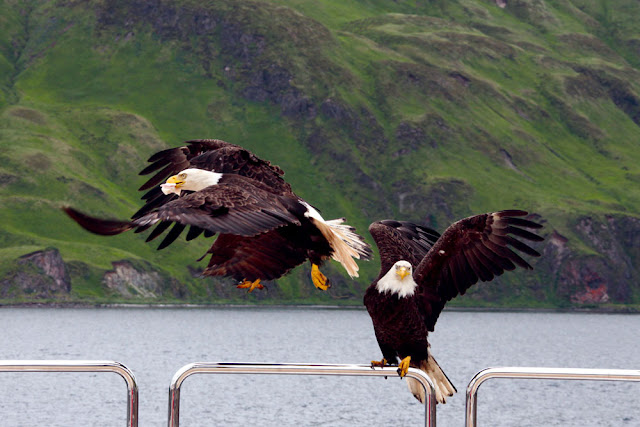During World War II, soldiers training in the desert north of
Yuma, Arizona, started decorating a site they called “Graffiti Mesa,” using
rocks to write out their names in the white sand. They expressed their feelings
by placing stones on a piece of deserted land. They hoped that, even if they
may never return home, their loved ones would get to see their message. The
different sizes and shapes of rocks have taken many years to take in 10,000
names embedded in the desert floor maintained by the BLM (Bureau of Land
Management). The Valley of the Names is covered in beautiful white sand, which
creates a strong contrast against the dark-colored rocks. Due to the fact, that
the land is barren for miles, each person must bring their rocks from the
outlying desert.
The tradition treasure continued on after the war and the
graffitied area bigger and bigger. Nowadays over 1,200 acres of land are
decorated with signatures, messages, dates, initials, and drawings. The mesa, commonly
known as the “Valley of the Names,” located in Winterhaven, Calfornia. It is
made up of hard-packed white sand, and the earliest names are arranged using
black lava rocks that stand in sharp contrast. It is well preserved land filled
area, where you can express your feelings by placing stones on a piece of deserted
land. The land is barren for miles around, which means the rocks must be brought
in from the outlying desert.
Some people have cheated by bringing bricks and spray-painted
rocks from home. If you have a message or name then you require a 4-wheel drive
vehicle to access the area. Once there, it’s likely to drive down, around, and
through the hills and valleys covered by this exclusive rock art. Hence, you
have to bring your own rocks; there are plenty of black rocks on the road
leading in. People still leave their distinctive note to loved ones nowadays.
This unique desert has scheduled a clean-up day,
when people go out there to clear away debris from the desert winds and replace
rocks that might have been washed away in a storm. People are coming here on
trips in Trackers, Jeeps or Rangers to fresh their memories which they have written
even 20 years ago. Today they use the technology of GPS and record the
coordinates so they can remember where it’s at, even find their name without
that. Source: CP
































































